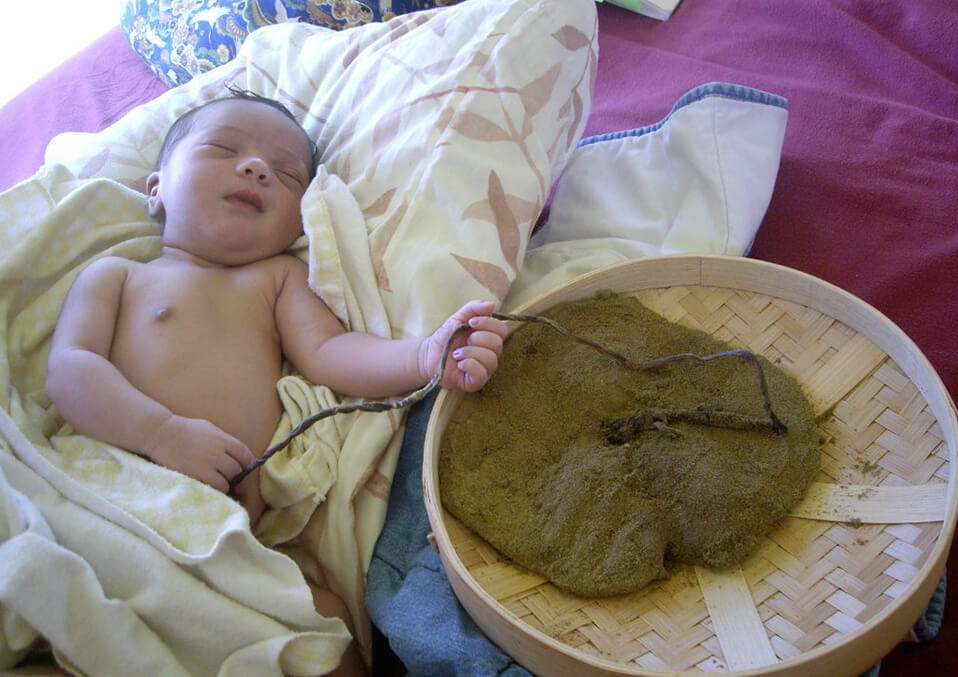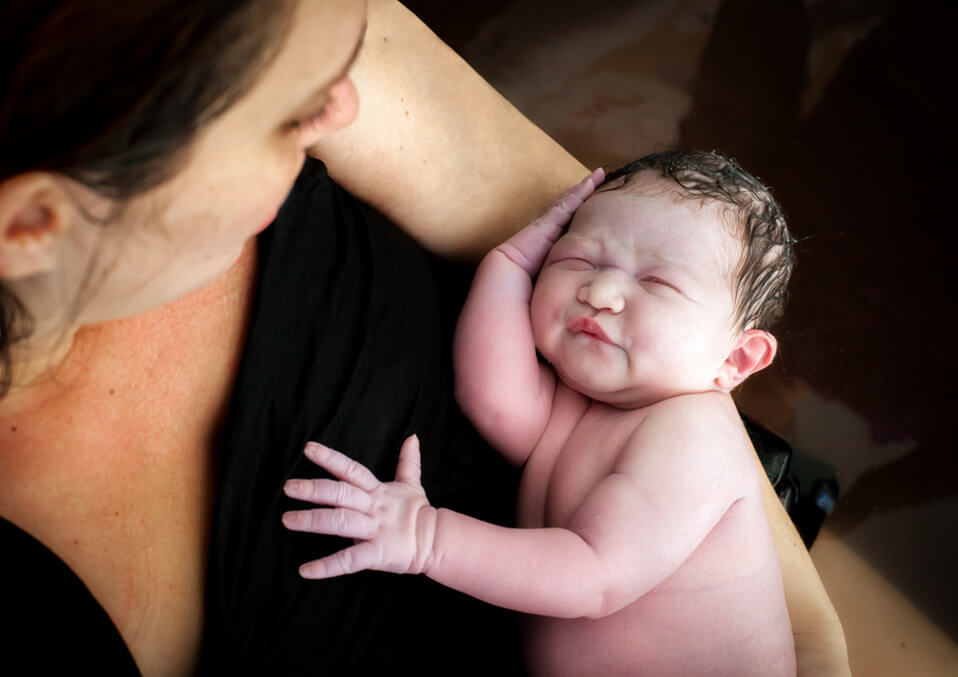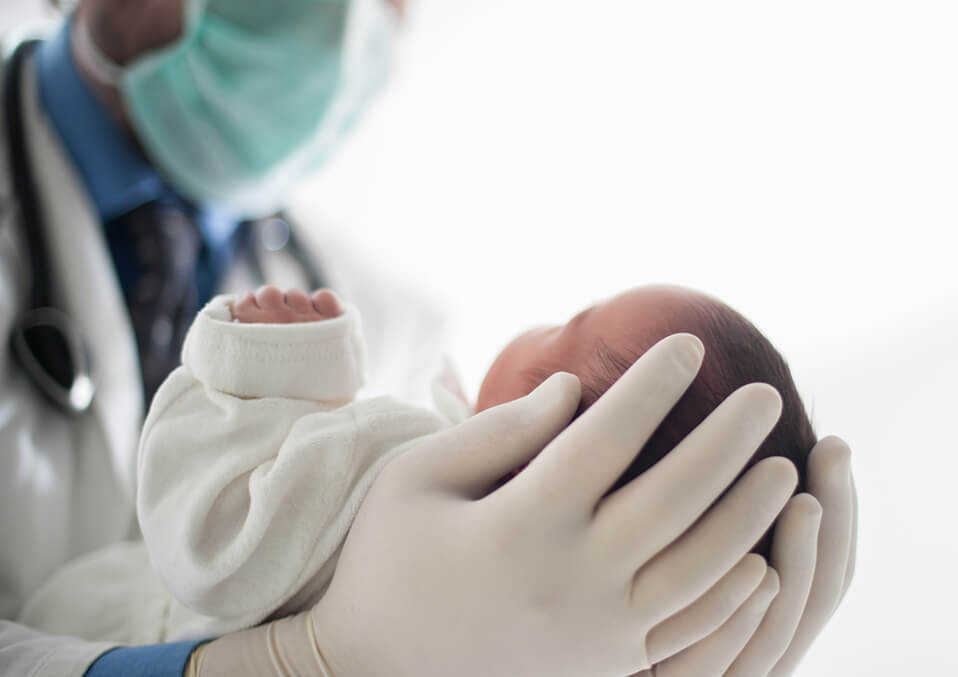
Giving birth outside a medical facility is becoming a trend. Aside from the water birth, the lotus birth arises the interest and curiosity of many expectant mothers and pondering if it is suitable to them. Is it okay to shift from the common hospital delivery? Before you decide, learn the facts that surrounded the lotus birth.
As the day of giving birth becomes near, many mothers may have already chosen what birthing method she is going to. Experts say that there are only two basic methods in giving birth – the vaginal delivery and the cesarean section. Others are just variations of the two. Whatever it may be, it is a parents’ way of welcoming their child in the world.
What is a lotus birth?

One of the most common practices after child delivery is to cut the baby’s umbilical cord. Consequently, the method will then detach the placenta from the baby. The remaining part of the umbilical cord is tied in a knot, sanitize and cleanse until dried out and fall.
In a lotus birth, which is usually done at home, regular labor takes place. The umbilical cord will not be cut. In the process, the umbilical cord and the placenta will be left attached to the baby after birth. After 3 to 10 days, the umbilical cord will naturally dry and fall out from the baby.
Lotus birth traces its roots from the ancient medicinal practices of African and Asian civilization. It is said to have also appeared in Europe as early as the Middle Ages. In the absence of maternity care and sanitation of the earlier times, they believe that severing the umbilical cord will leave an open wound to the baby that will cause him infections. Leaving the umbilical cord and the placenta as-is will not cause a baby an open wound. They also believe that since babies have strong attachments to the umbilical cord and the placenta while inside the mothers’ womb and keeping it after birth will provide a gentle transition to the outside world.
The name of the birthing process comes from the lotus flowers that symbolize unity, detachment, and rebirth in Eastern cultures.
Due to medical advancement and technology, the practice was abandoned. But it is making a comeback nowadays.
What happens after birth?

As mentioned, after delivery, the umbilical cord is left while the mother delivers the placenta. Once the cord stopped beating, the placenta is rinsed with warm water. It will then be gently dried using an absorbent, organic cloth for almost 24 hours.
The placenta surely requires maintenance to prevent infection. So, It will be placed in a pot or a bowl and it will be substantially covered with rosemary powder or sea salt, adding liberally as needed. Others, choose to store it in cloth diapers or placenta bags. As a precaution, containers should be cleaned daily.
Meanwhile, the baby should be dressed in loose clothes for proper air circulation and to reduce accidental pulling until the placenta and cord naturally fall off.
The benefits

Lotus birth is said to be more of spiritual practice to celebrate the sanctity of the attachment of the baby to the umbilical cord and placenta, which is said to have the following benefits:
- Leaving the umbilical cord uncut maintains blood volume and allows oxygenated blood to flow back into the baby. This helps in improving blood circulation, red blood cell count and body temperature. It also strengthens the baby’s immune system and assists in brain development.
- Unsevered umbilical cord leaves no open wound thus preventing infection and lead to higher mortality rates among newborns.
Read also: Does your baby have an eye stye
- Since the umbilical cord will naturally fall off, it promotes faster healing.
- The process provides a gentle transition from the womb to the outside world thus reducing birth trauma.
- Lesser injury in the belly button.
- In mothers, it leads to faster post-partum healing. Since the baby is still connected to the placenta, the mother will move less, slowly and more careful. This is what the body needs to recover.
- It can be helpful during emergencies like giving birth amid disasters like typhoons and floods. Since you don’t have access to urgent medical attention, cutting the cord can add to the risk of infection and bleeding. Always contact your local emergency service in such cases.
The risks
Most hospitals do not recommend the practice. Yet, they discourage it. Some requests can be granted for religious considerations. More often, the lotus birth is done in a home birth setting.
Any birth method requires extreme caution. Lotus birth is not an exemption. Here are some risks:
- Leaving the placenta long after the birth increases the risk of infection that subsequently may harm also the baby. After birth, the placenta is prone to infection because of the stagnant blood and it is essentially dead tissue. And like any other dead human organs, it will begin to rot. The attachment of the umbilical cord can serve as a passage for pathogenic bacteria to the baby.
Read also: Is it safe for your baby to be around your cat
- Infection can lead to sepsis which can cause death. Babies should be closely monitored for possible infections. The placenta should also be checked especially if there are foul odors and unusual colors that may be signs of decay and infections.
- Having the placenta attached to the baby will cause a lot of inconvenience. Also, traveling or going outside can increase the risk of infection.
- Maintenance of the placenta like cleaning and sanitation should be done daily which can be time-consuming.
- There is a risk of cord avulsion. The umbilical cord can be accidentally ripped out of the infant’s body. In most cases, mothers and babies are required to stay in bed and avoid mobility to prevent this.
Other things to consider:
- The mother can still hold the baby with the necessary care and precaution.
- The placenta is usually birthed five to 30 minutes after the baby.
- A sterile container should be used to catch and carry the placenta.
- The baby must be put in a car seat during travel, even if the placenta is still intact.
- The placenta will possibly smell because of the blood.
- You need to nurse the baby even if the placenta is still attached. Since it is not attached to the mother’s body, it cannot provide nourishment to the baby.
- Consider a sponge bath while waiting for the placenta to fall off naturally. Bathing is not advisable.
Read also:
- Blue-eyed Babies: Shall it Leave or Stay?
- Birth defects: Common types and causes
- How Serious is Whooping Coughs for Babies


